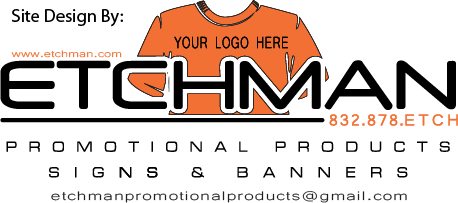
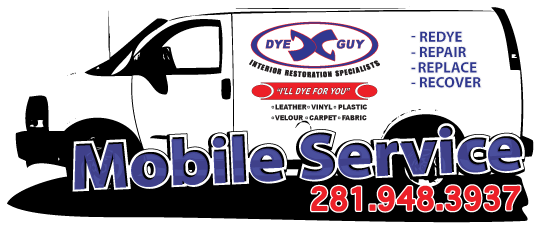
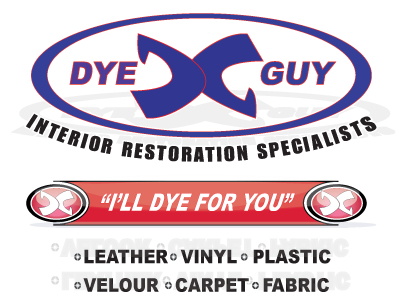
REPAIR - REPLACE -REDYE AUTOMOTIVE SEATS |
||
| Re-Dye Seats to Cover Stains-Discolored Areas | ReCondition Seats | |
| Re-Dye to Change Color of Seat | Repair Seat Tracks | |
| Re-Dye Seats ( to make look new again ) | Repair Seat Foam | |
| Repair Scratches on Seats | Add Seat Heaters | |
| Repair Cuts on Seats | Add Piping on Seats | |
| Repair Burns on Seats | Add Contrasting Stitching | |
| Recover Automotive Seats | Install New Seat Covers | |
| Replace Sections on Seats | Repair Seat Noises | |
| Re-Stitch Loose Seams | Add Logos to Seats ( Embroidery ) | |
| Repair Seat Plastics | Replace Seat Motors | |
| Change From Cloth to Leather | Replace Seat Tracks | |
| Install new seat Frames | Clean Seats | |
| Make Custom Covers for Automotive Seats | Install AirBags to Automotive Seats | |

| HEADREST | |
| CENTER FACE PANEL | |
| OUTER SKIRT | |
| SEAT BACK | |
| OUTER BOLSTER | |
| INNER BOLSTER | |
| WAIST PANEL | |
| SHOULDER PANEL | |
| CENTER PANEL | |
| OUTER SKIRT | |
| SEAT BOTTOM | |
| OUTER BOLSTER | |
| INNER BOLSTER | |
| BUTT PANEL | |
| THIGH PANEL | |
| OUTER SKIRT | |
| THIGH SKIRT |
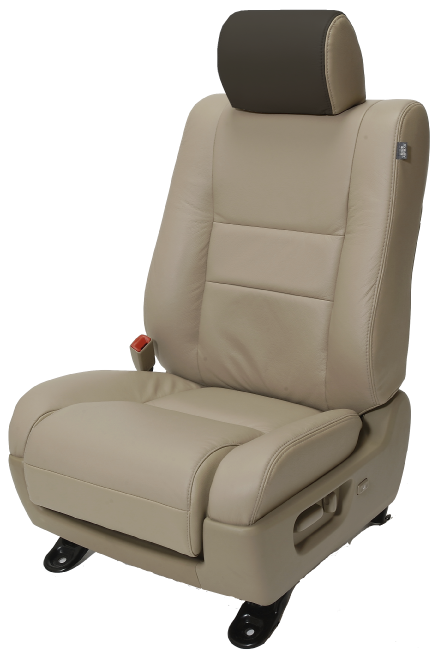
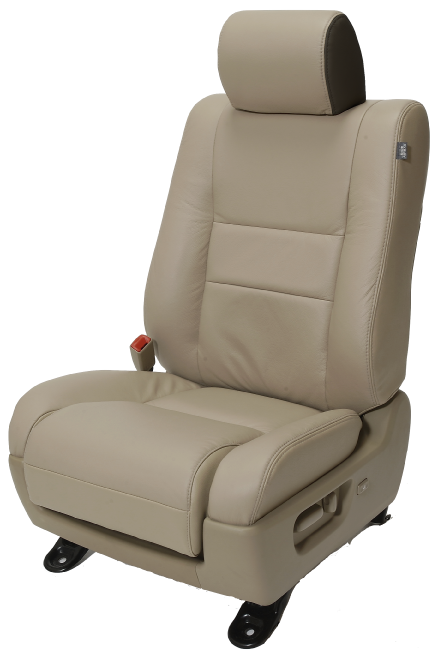
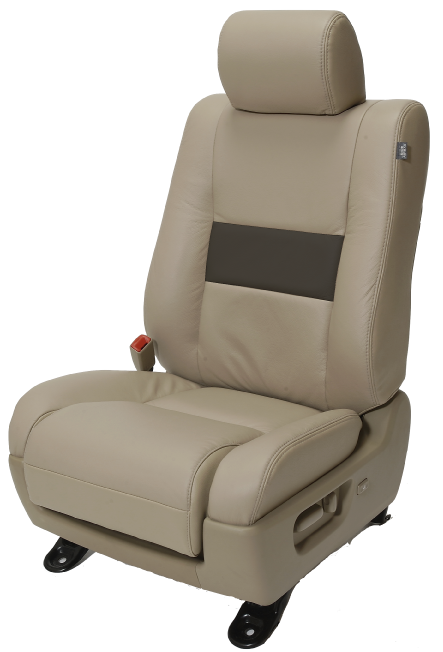
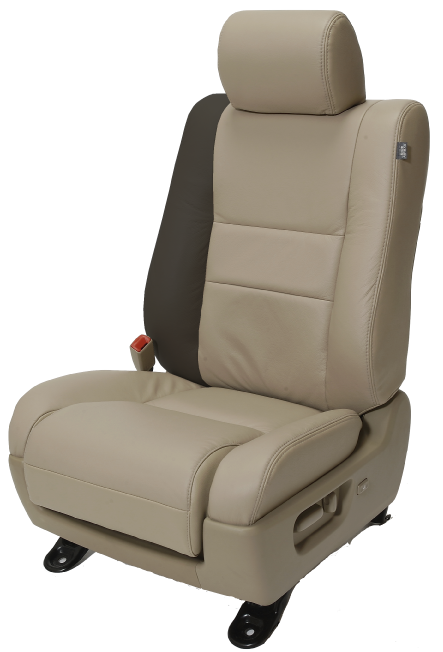
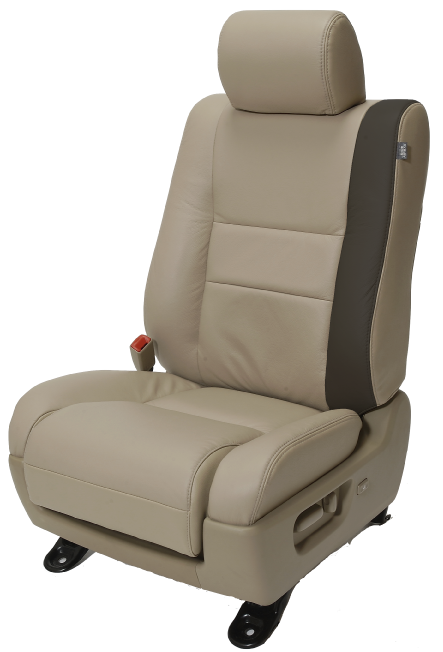
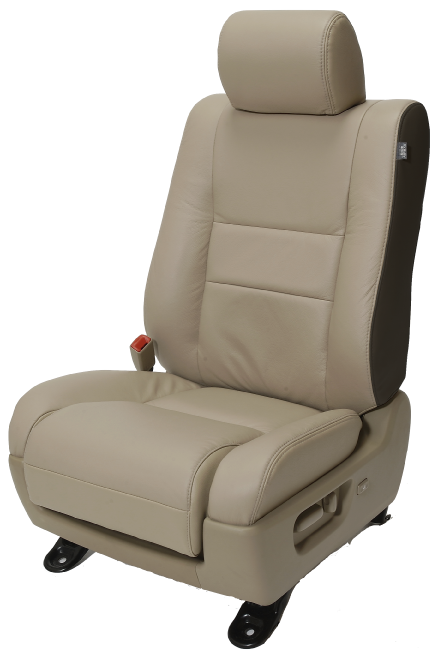
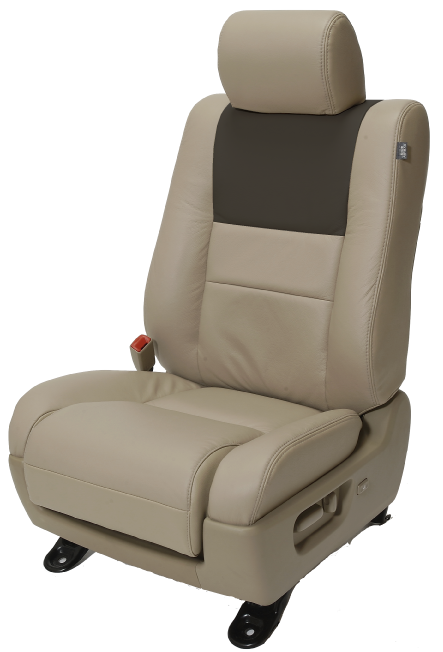
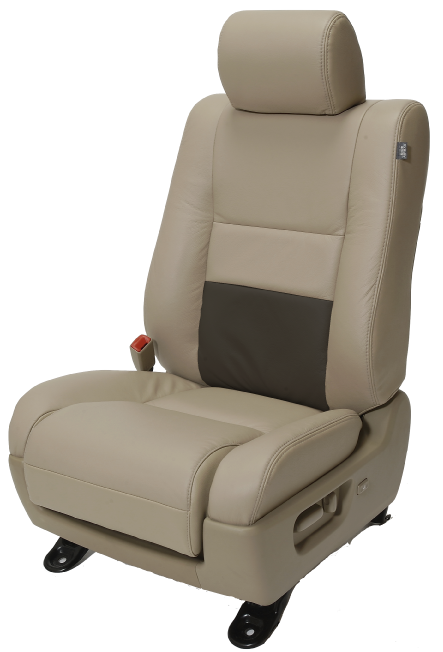
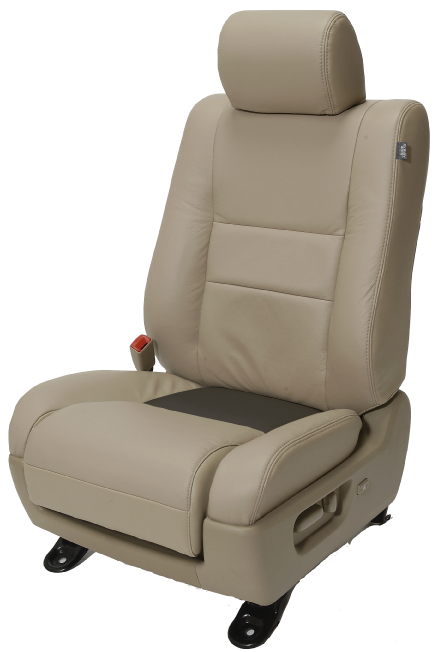
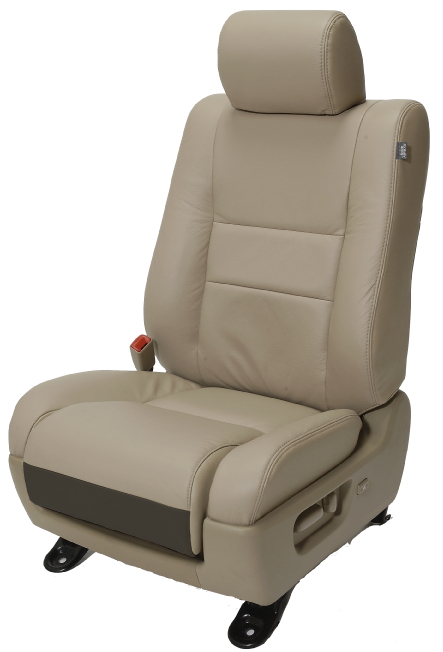
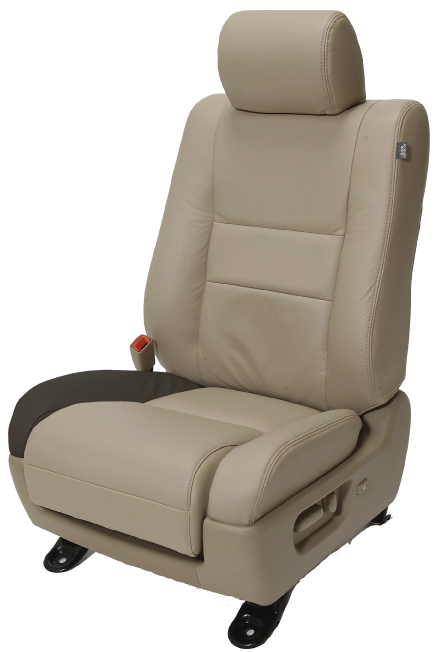
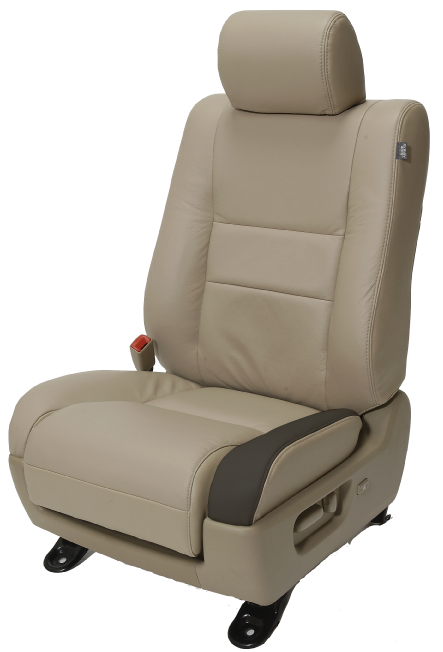
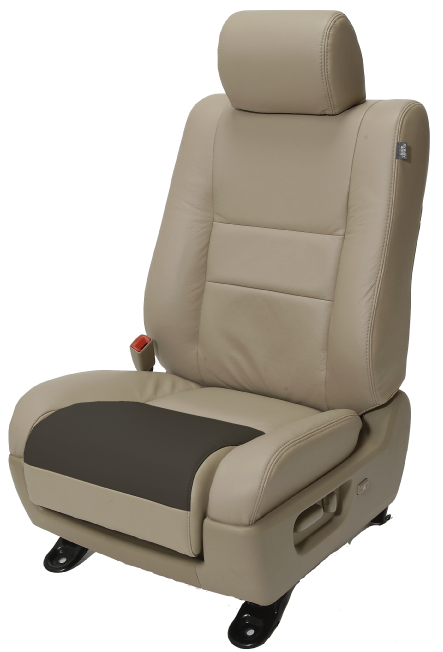
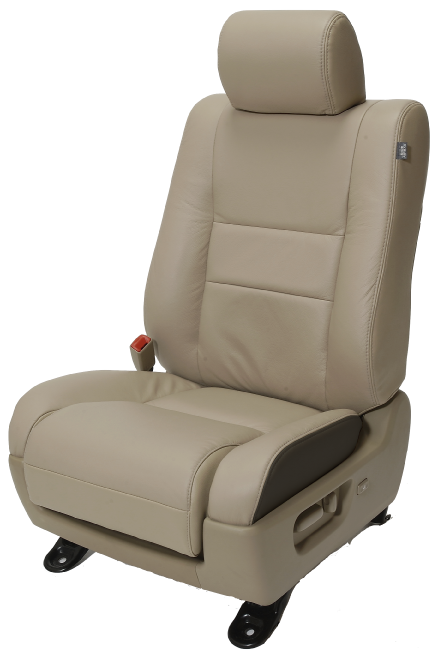
ABOUT YOUR AUTOMOTIVE LEATHER:
Leather is a natural product that reacts differently to soil and light. Some types of leather have greater resistance because of the techniques used in finishing the hides. The natural surface of leather is like a landscape, with varying textures and shadowy furrows. These distinctive features are unique to genuine leather, a product that has been raised rather than engineered. No two hides will be exactly alike, as with all things in nature.
Leather is the strongest upholstery material traditionally used for Auto and has been proven to outlast fabric at least four to one. While all leather is inherently durable and strong, there are significant differences between leathers. Top grain leather is the strong supple top layer of the hide. These hides have been processed to retain the leathers' natural ability to constantly adjust to its environment. It absorbs moisture and regulates its surface temperature so that it is warm and comfortable in the winter and cool in the summer. Leather, a product of nature, has its own life history recorded as grain, wrinkles, scratches and scars acquired from life on the range.
UNDERSTANDING LEATHER'S NATUARL MARKINGS:
Even the best leather has natural markings, which are analogous to fingerprints. They distinguish genuine leather from man-made materials. Some marks which can appear on the surface of leather are healed scratches, barbed wire marks, wrinkles and insect bites. Any of these markings may be present on your furniture and is your assurance that you have a true top grain leather. Leather is a natural product; grain pattern and color may vary from hide to hide and within the hide.
Shade and Tone Variation
Leather is unique as an upholstery covering. Surface features testify to the authenticity of natural leather. Variation across a hide, density of grain, creases and folds are distinctive characteristics, much like the grain of a fine piece of wood. Leather is not like a bolt of cloth. On a sofa, five hides may be utilized which will blend and complement, but will never be identical. Like any natural product, grain pattern and color may vary from hide to hide and within each individual hide. In the dying process, no pigments are used, so each hide absorbs "color" based on its individual cell structure. Each area of the hide will absorb dye in varying amounts, and thus be darker or lighter than other areas; much like wood varies in color when stained. This explains why an arm of a leather sofa may have a different shade than the cushions or the back of the sofa. They were simply cut from different parts of the same hide.
Healed Scars
Healed scratches are reflective of the steer's lifelong encounters. These healed scratch marks are evidence of this cow's unsheltered life. These form as a result of barbed wire scratches, disease and infestation or by horns of other cattle. The new healed skin is as strong as the remainder of the hide. It is normal to use scars and areas of rough grain on the outside backs and arms. Markings on your leather furniture are natural, and in no way affect the strength or wear ability of the leather. These unique characteristics are your assurance of genuine leather.
AUTOMOTIVE LEATHER TYPICAL DYEING PROCESSES:
Aniline: ( Found in King Ranch Automobiles )
Leather that is colored all the way through with a transparent dye. The effect is applied by immersing the leather in a dye bath. Because the finish is transparent and shows the natural markings of the leather, only the best quality hides can be used.
Drum Dying:
The process of coloring leather by tumbling it in a rotating drum immersed in dye. This is a very effective method allowing maximum dye penetration.
Pigmented Leather: ( Found in Most Automobiles )
Leather that has been coated with a flat surface color on top of or instead of the usual dye finish. Leather is usually pigmented to add durability and hide natural blemishes.
AUTOMOTIVE LEATHER TYPICAL TYPES:
Suede:
Split leather that has been buffed and brushed to create a fuzzy surface feel.
Two-tone:
An effect created by applying layers of similar or contrasting dyes to a piece of leather in order to create a mottled or aged appearance. Antiqued and Savage leathers are examples of two-tone leathers.
Upholstery Leather:
Leather created from a whole hide and intended for use in furniture, automobiles, airplanes, and other upholstery applications.
Embossed Leather:
Leather that has been "stamped" with a design or artificial texture under very high pressure. It is used, for example, to create imitation alligator hide.
Finish:
Any enhancing effect applied to leather after it has been tanned. Examples are dyeing, embossing, buffing, antiquing, waxing, waterproofing, and so on.
Grain:
A word used to describe the natural characteristics of an unprocessed hide, such as its pores, wrinkles, markings, and texture.
Perforated:
Leather in which a pattern of small holes is stamped using a die.
LEATHER TYPES:
The leather industry has gone through many changes. Steps have been taken to form different looks and feel to please a wide variety of customer wants and needs.Determining the type of leather, how that leather was finished and the proper method to clean, maintain and protect these various leathers requires knowledge and experience. Often the seller or the seller's representative does not know the proper method of leather care needed for a particular leather type purchased.Leather is tanned, and or finished in may different ways. Below is some detailed information and the two main categories that automotive leather is referred to today.
Finished, Pigmented, Semi Aniline, Aniline Plus & Everyday Leathers:
These leathers have combined the best aspects of a natural product (leather) and have utilized tannery technology to create a product that is more uniform in appearance and color (due to the applications of pigments to the surface). It then has a finish applied to the surface that makes the leather more resistant to the effects of heavy use. The pigments and finish applied to the leather do affect the softness and hand somewhat. As more pigment or finish is applied, the softness of the leather lessens. What determines the amount of pigment and finish needed is: 1. The color of the leather, 2. The selection of the leather, 3. The desired level of resistance the finish needs. Protected leathers are by far the most popular and common types of leather sold on furnishings. You can prevent peeling and finish decay by having these leathers cleaned, conditioned 3-4 times annually.
Aniline Leathers, also known as Natural, Unprotected, Pure or Naked Leathers:
These leathers are colored with transparent dye stuff. This means that you are able to see the actual surface grain and markings. It is as if you are looking through a colored lens. These leathers have very little or no protective treatments applied to them. The most common thing to do is to spray a wax finish on the surface that gives short term water repellence. The actual way that the leather is made varies from tannery to tannery.
SERVICE AREAS FOR DYE GUY INC. AUTOMOTIVE RESTORATION SERVICE
HOUSTON - PEARLAND - CYPRESS - SPRING - KATY - SUGARLAND - BELLAIRE
WEST UNIVERSITY PLACE -
SOUTH HOUSTON - MISSOURI CITY - DEER PARK
MISSION BEND - STAFFORD -
PASADENA - THE WOODLANDS - RICHMOND- ROSENBERG
.............................................................................
